How can I create good NPCs for my TTRPG campaign? A stunningly simple question with an answer that is harder to define than you may expect. As a DM, you may be tempted to look at Matthew Mercer from Critical Role, Brennan Lee Mulligan from Dimension 20, or Griffin McElroy from The Adventure Zone and think you need to be exactly like them for your players to have fun.
You may think that all the NPCs (non-player characters) your players speak to, every guard they pass or barmaid they “flirt” with needs to have an easy-to-remember name and an amusing and in-depth backstory that informs their personality. You may think you need to have every aspect of their fictional lives ready to spill at any given moment during a TTRPG game.
Let me tell you now, that’s not the case.
You can create a world and fill it with characters that you know inside and out. You can spend hours designing the minutia of their lives, but you don’t need to. With that said, there are a few things that you need to figure out straight away, but I will attempt to teach you what those things are and how to keep the characters simple yet effective.
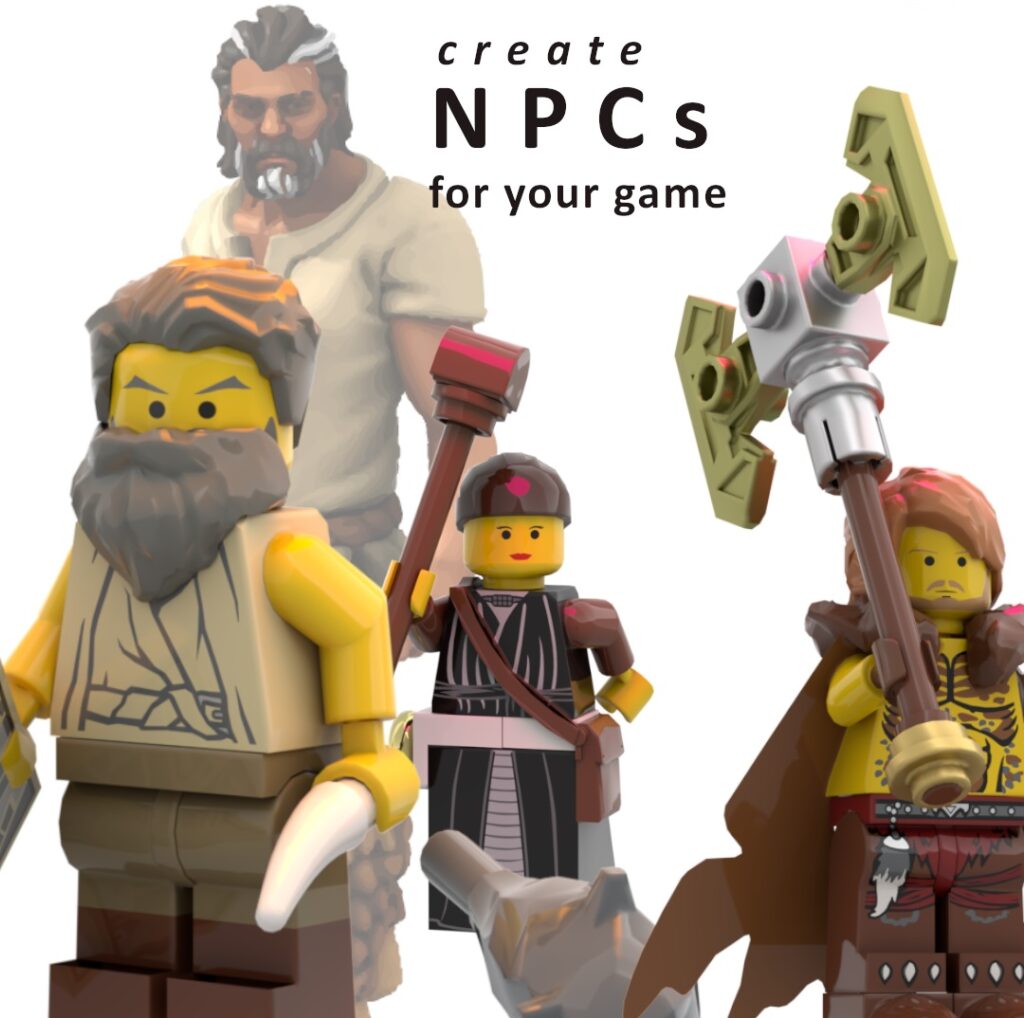
Let’s return to the example world we’re building, and look into how the Town Leader of Mammoth’s Rest, known as Groth, was created. When creating NPCs, you should have a general idea of who your party will be rubbing shoulders with a while before they reach that person or faction. And so in this case, the NPC Groth should be created a session in advance, as I knew where the players were heading during the next game session.
Apply and adapt these basic principles to your NPC building, and you’ll be ready in a hurry for more fun adventuring on the fly. Let’s dive in.
NPC Character Name
When designing an NPC’s name that suits them, it is good to think about what the naming conventions of the area would be. This is prehistoric fantasy, so Groth has a name that possesses a guttural, punchy sound, which matches his powerful and driven station as Town Leader.
For instance and conversely, “Gnork” possesses those same low, harsh sounds, but it just sounds silly. Maybe it could be an insult instead!
In general, try to keep names at three syllables or less, unless you’re trying to get away with a BIONICLE-style naming convention! But the general rule is: the shorter and punchier the name, the easier it will be for your players to remember them.
Now, the players in your game may leap from the beaten path like blood-crazed hounds and spring up to a random person on your itinerary, demanding to know their name. Watch out for and be prepared for these types of players. For this circumstance, keep a post-it note or word document open with a list of names that you can throw in at any point. It’s a lifesaver, trust me.
NPC Physicality
“Groth is an enormous man, standing at approximately 7 feet tall. He is older, around 50, with thick, greying hair, tanned skin, and a slightly rotund gut, likely due to his more sedentary lifestyle. Groth is dressed in a simple beige tunic and thick furry boots.”
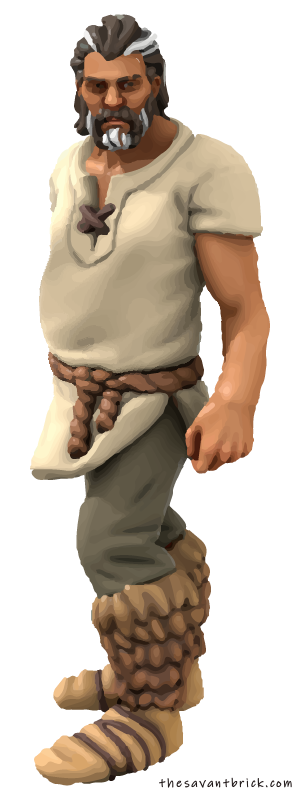
Here, with three sentences, you have a pretty great idea of what Groth looks like. He has a stature that fits his name and his status as Town Leader. In a society like this prehistoric fantasy, it would be hard to justify the populace following someone they viewed as weak. If Groth was a chef or animal trainer, his stature could change to match that. Remember to adopt a world logic early on and stick to it, or else you easily run the risk of breaking the illusion of an immersive, coherent world.
Keep your descriptions handy for when you need to present the character to players, or if you are physically building the character (hopefully out of LEGO!). Verbal and visual cues are a powerful combo in this game.
Also note that it is not reductive to make your various NPCs possess physical traits that match their professions and personalities.
NPC Personality
Groth is a town leader, meaning he most likely has some semblance of wisdom or intelligence to spare as well as his physical prowess. The mark of a good leader can often be measured by the prosperity of those he commands. Mammoth’s Rest is a prosperous settlement and the people are protected and happy, meaning Groth isn’t an idiot.
That said, Groth’s goals, desires, ideals, and fears are allowed to be somewhat one-note. He wants the town to be strong and prosperous, believes that it is the responsibility of the strong to protect the weak, and he is afraid of encountering something stronger than him or his settlement. His entire personality revolves around the concept of strength, but how it influences his life can be seen in more than the trope of “me big and me hit thing till thing dead.”
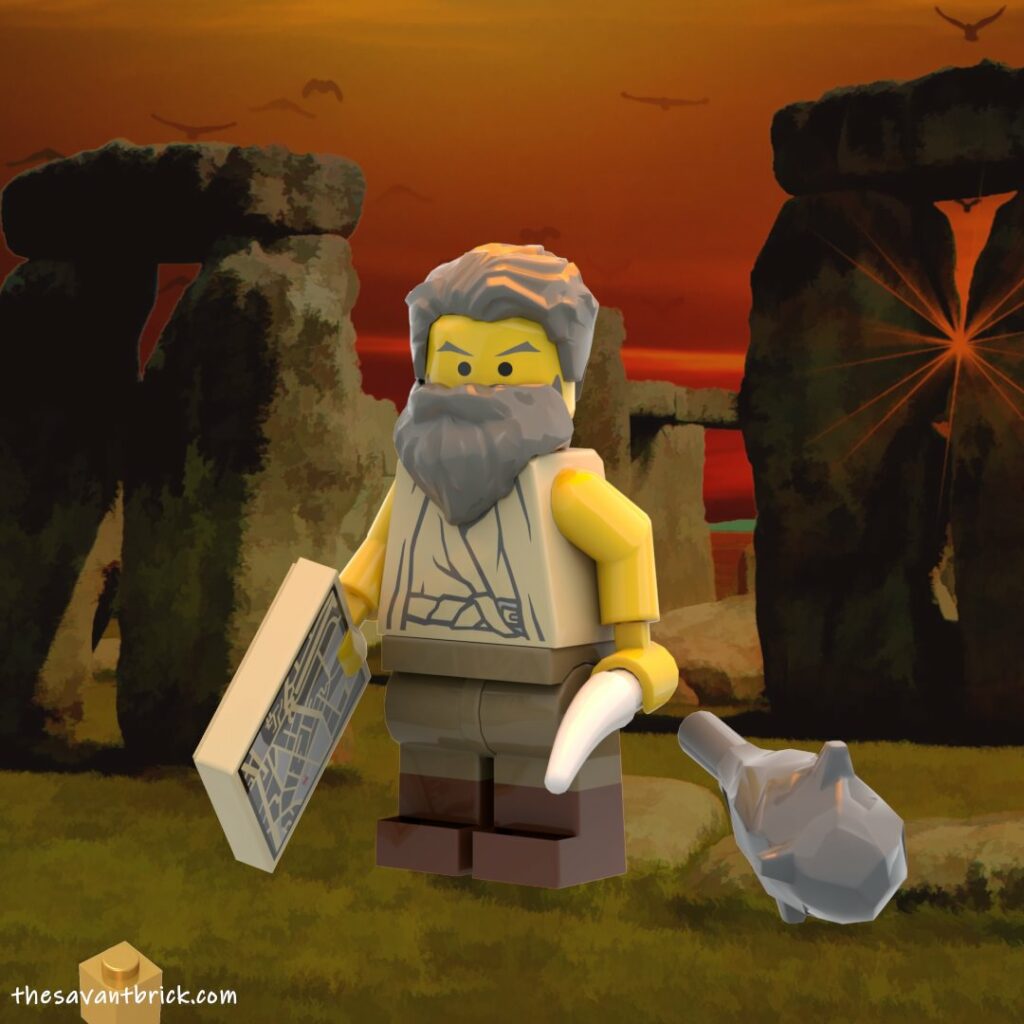
During your adventure, if you find yourself suddenly needing to break out a new character apropos of your players making friends with some rando, you can just loosely base the individual on someone you know personally in real life, or on an existing character in a film, TV show, book, or video game. It’s not stealing, it is spontaneously keeping the session momentum going on the fly. To make sure the new NPC is sufficiently fleshed out, think about and perhaps quickly jot down simple goals, desires, ideals, and fears. Keep it handy with your other DM notes.
The Value of Character Alignment
You must also consider a character’s alignment. Now, I know some of you shuddered as you read that, as the alignment system doesn’t resonate with certain players and DMs. But I urge you to simply consider it a guiding tool. They’re “more what you’d call ‘guidelines’ than actual rules“, savvy?
| Lawful Good | Neutral Good | Chaotic Good |
| Lawful Neutral | Neutral | Chaotic Neutral |
| Lawful Evil | Neutral Evil | Chaotic Evil |
Many people will create a character and then allow the alignment to be reflective of their playstyles, and, for players, that works well. However, if you’re a DM and you already have 50 different things to worry about per game session, the alignment system can help you narrow down an NPC’s character and keep their actions in line with what you establish about them.
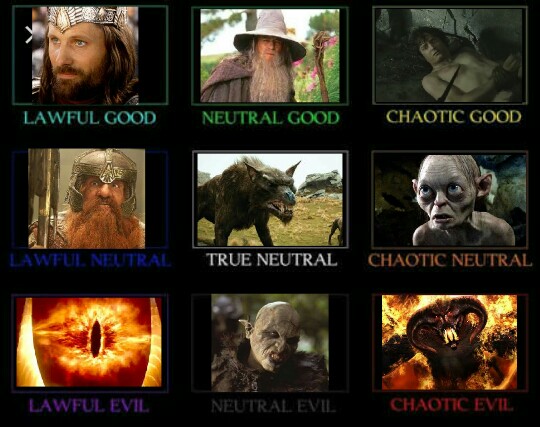
Groth is a leader, he’s caring and strong, but Mammoth’s Rest has been built on a set of rules and principles that bend for no one. Meaning we would put Groth in the Lawful Neutral alignment as he is a representation of that place, and this governs his actions and responses to players or world events.
This works for Groth and the people around Mammoth’s Rest. They serve a simple function and the players mostly interact with them to progress the plot or receive goods and services for the quest. You don’t need to have a morally grey bartender; they just serve drinks. The alignment exists to assist in presenting the character to the players and colouring how the players will immediately respond to them.
Hey there reader! If you would like to help support this site and our ability to keep the fun coming, please shop through the affiliate shopping links in this post. At no extra cost to you, making a purchase through them contributes to keeping this site ad-free. As an Amazon Associate I earn from qualifying purchases.
Recommended for Further Reading:
The 5th Edition of the Dungeon Master’s Guide for D&D has a bunch of info on how to build campaigns and worlds of your own. It’s also useful to pick up any campaign setting and see how the info there is presented.
Also check out Kobold’s Guide to Worldbuilding from Kobold Press, a company that makes third party D&D adventures and settings.
The Dungeon Masters Guide, as well as the D&D Monster Manual are also invaluable. They provide a solid basis for you to learn all about the systems and allow you to get an understanding of tabletop game design, built upon an established foundation. After learning those things, you can start making custom elements as you wish, even basing them on fiction you like and are already familiar with.
Without that info, you’re stumbling in the dark.
A Disadvantage of Character Alignment
For primary NPCs and villains, doggedly sticking to a chosen alignment can sometimes limit the nuance in reasoning and emotion that the character displays. That is not always ideal, since – for more important characters – creating a three-dimensional entity is of paramount importance. The inherent rigidity of the alignment system can hurt storytelling, character building, and ultimately world building.

Click Above for Amazon Listings.
Think about it: if you have an antagonist, an enemy that functions as the villain in your game, and you time and again simply create the villain to fit squarely within one of the alignment quadrants, sure it can work. But you sell your world and story short if you too frequently abuse alignments for major characters such as a primary enemy. As an example of taking an alternative approach to alignments, perhaps consider instead: is there a world-based – or even a cosmic reason – that gives rise to the villain’s goals and ideals?
When creating a character that is more important than Groth, consider the above information, but also look into fleshing out the deeper goals, desires, ideals, and fears that we discussed earlier.
Groth Complete!
Now, with all that thought about and written up, theoretically it has taken us approximately five minutes to generate and flesh out the character Groth. As an NPC, he has been fleshed out to a point where, as the leader of a settlement, the players could have multiple conversations with him and he would appear to be a realistic person with a clear, defined personality.
It makes for a more fun, captivating game!
Saying, “I don’t know,” is fine when it comes from the mouth of NPCs. But when it comes straight from the DM, that’s when the verisimilitude is wrecked. (Verisimilitude is such a pretentious word but it works here.) The DM should know everything.
NPC Combat
Now, the part we all knew was coming. What if the players decide to think with their weapons and make their mind up that Groth’s time has come? Perhaps he was rude, perhaps he caught them stealing, perhaps they are evil player characters or you have chosen to make Groth an evil character. One way or another, a combat encounter can always be around the corner and that’s something you must be prepared for as a DM.
Below is an example of a statblock designed for Groth:
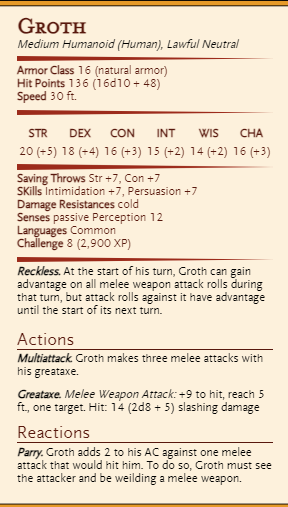
As we can see, Groth’s stats are reflective of the kind of person that we established him to be. He is strong, swift, and hardy, but, as a charismatic public leader, he is no fool either. Not all battles are done with weapons, thus, Groth has more in his arsenal than just his enormous physical strength.
Some battles, however, are fought with weapons, and, with that in mind, Groth has a weapon and fight style that reflects his upbringing and status. As an important NPC, we don’t want him to be a pushover, but we also don’t want the party to think we have made him invincible and unbeatable. This is the general theme you may want to adhere to when creating NPCs. Does the way they act and fight make sense in conjunction with the rest of their character? Occasionally subverting an expectation is fine and can be clever, but if the NPCs that the players encounter never make thematic sense, it breaks the illusion.
Related: A Guide to Creating Your Player Character
The creation of both monsters and other “normal” NPCs should include this consideration.
If you ever need to reference statblocks, or need help creating one, I could not give a higher recommendation than the 5e.tools website. Once you have a grasp of the basics, use the tool to experiment and adapt character stats for your needs.
So, if you’re just finding this series and after reading, wondering what gives…be bewildered no more! Check out our other essential posts about getting your campaign started with a LEGO flair. Yeah yeah, saucy readers, this is a LEGO-centric website, but who says we can’t blend another hobby with our favorite interlocking building bricks? We’re here to highlight the power and fun-filled potential in doing so, so come along for the ride and enjoy!
How do you like to build engaging characters? What do you think of the character alignment system? Share, and leave a comment below.
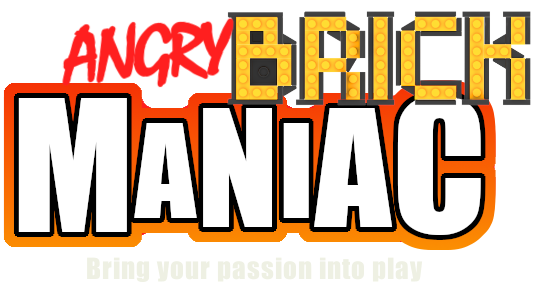
Thanks!